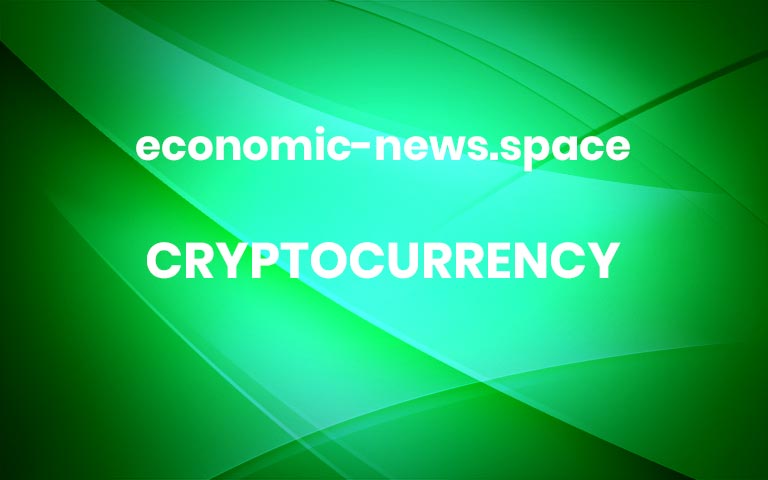CARV, an AI chain ecosystem enabling data sovereignty at scale, today unveils its D.A.T.A Framework to transform how AI agents interact with both on-chain and off-chain data. The framework converts static information into actionable insights, enabling AI agents to independently analyze, adapt and act with unprecedented clarity and autonomy.In today’s decentralized landscape, fragmented and inaccessible data limits the potential of artificial general intelligence (AGI). By solving these critical challenges, the D.A.T.A Framework – Data Authentication, Trust, and Attestation – delivers real-time decision-making capabilities while maintaining rigorous privacy and security standards. This advancement redefines how AGI operates within decentralized ecosystems, creating new possibilities for both developers and users.The D.A.T.A Framework serves as the eyes and ears for AI agents, providing them with the ability to perceive, interpret, and act on data across decentralized ecosystems. By transforming static data into actionable insights, the framework enables AI agents to make real-time, intelligent decisions while maintaining unmatched privacy and security. It leverages cutting-edge technologies like zero-knowledge proofs, Trusted Execution Environments (TEE), and CARV ID to ensure enriched, context-aware, and privacy-preserved data access.Key features include:For developers, the D.A.T.A Framework simplifies the creation of smarter, autonomous AI agents with built-in tools for accessing and processing enriched data. Applications range from trading bots that respond instantly to market shifts to gaming AI agents capable of intelligent, personalized interactions.For users, D.A.T.A enables secure control and monetization of personal data while providing tailored, data-driven experiences. By bridging trust gaps and fostering collaboration, the framework creates an ecosystem where everyone—from businesses to individual users—stands to benefit equitably.Both of these applications lead to future-forward use cases including:CARV’s D.A.T.A Framework is more than just a toolset – it’s the foundation for AGI’s collaborative evolution. By enabling AI agents to share insights, learn dynamically, and operate autonomously within decentralized ecosystems, CARV is paving the way for a future where AGI not only interacts with data but truly understands it.The D.A.T.A Framework is now live, inviting AI developers, blockchain innovators, and businesses to explore its capabilities. To learn more and start building, users can visit CARV’s official documentation.About CARVCARV is building an AI chain ecosystem to enable data sovereignty at scale. By empowering AI agents with secure, unified infrastructure, CARV enables intelligent, collaborative operations through its SVM Chain, offering trustless consensus, cryptographic proofs, and verifiable execution. With the D.A.T.A Framework, CARV enriches AI with high-quality, on-chain and off-chain data, allowing agents to learn, evolve, and collaborate dynamically. With over 15M users and 8M CARV IDs, CARV ensures privacy and data control while providing AI agents with powerful, cross-chain insights, creating a secure, innovative ecosystem for both AI and human collaboration.Supported by $50M in funding from top-tier investors like Tribe Capital, HashKey Capital, and Animoca Brands, and backed by a team of veterans from Coinbase (NASDAQ:COIN), Google (NASDAQ:GOOGL), and Binance, CARV is committed to fostering a decentralized future where data is a valuable, user-owned asset.ContactCOOVictor [email protected] article was originally published on Chainwire More



